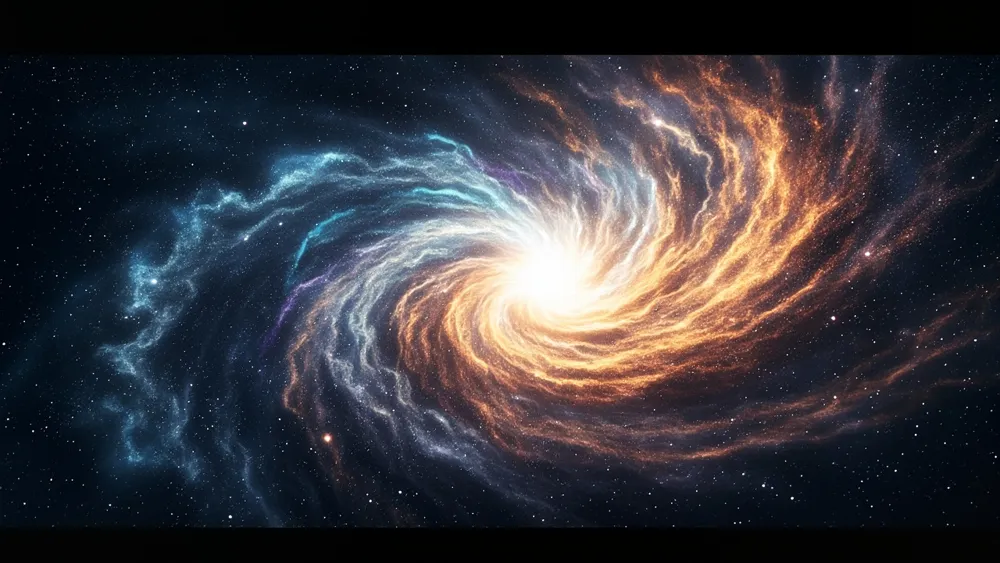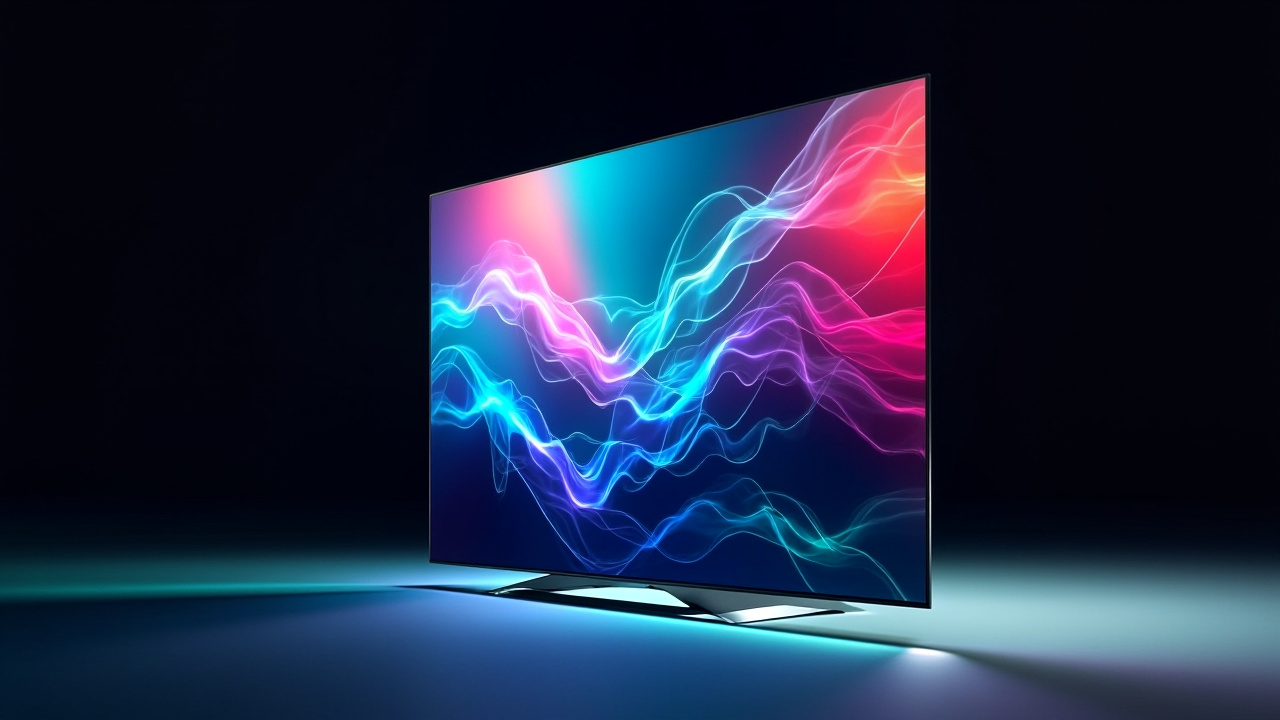Simulating the Big Bang: Quantum Insights into Our Universe

**Simulating the Big Bang: A Quantum Leap in Understanding Our Universe** The ability to recreate conditions similar to those during the Big Bang in a laboratory setting represents not just a monumental achievement in physics and cosmology, but also offers profound insights into the very fabric of our universe. Understanding how particles evolved from an initial, highly chaotic state to form complex structures like stars and galaxies helps us answer questions about the origins of everything we observe today. At the core of this groundbreaking research lies the concept of quark-gluon plasma (QGP), a state of matter believed to have existed just microseconds after the Big Bang. During this brief moment, quarks (the fundamental components of protons and neutrons) and gluons (the particles that mediate the strong force between quarks) are thought to exist freely in a hot, dense soup rather than being confined within individual particles. Scientists use powerful particle accelerators, like the Large Hadron Collider (LHC) or the Relativistic Heavy Ion Collider (RHIC), to collide heavy ions at close to the speed of light, effectively recreating these extreme conditions. This high-energy environment allows researchers to observe how quarks and gluons transition into more stable states, shedding light on fundamental questions such as: - How did the universe evolve from chaos to order? - What are the conditions necessary for the formation of matter as we know it today?
Recent experiments have shown tantalizing hints of QGP formation by analyzing particle collisions in detail. For example, examining the ratios of particle emissions in collisions involving different heavy ions has provided insights into how quark matter behaves under extreme conditions. This is akin to understanding how a raw ingredient transforms through cooking: by observing how heat (energy) influences the properties of various ingredients (particles), we can better comprehend the overall recipe—that is, the evolution of the universe. One illustrative case involved the collision of gold ions, which yielded results indicating that, under certain conditions, quark matter may emerge, characterized by a distinct output of specific particles. This discovery is similar to identifying fingerprints; just as each fingerprint has unique characteristics, particle outputs reveal the underlying processes occurring during these high-energy events. As researchers refine their models, they anticipate creating a comprehensive phase diagram of quark matter, akin to a map that marks how particles behave in different temperature and density settings. This exploration not only enhances our understanding of the early universe but also has implications for quantum physics and material science in general. In conclusion, the laboratory simulation of the Big Bang opens new avenues in cosmology and particle physics, paving the way for answering questions about the universe's origins, structure, and ultimate fate. For those interested in diving deeper into these concepts, numerous resources are available, including scientific papers, documentaries, and educational videos that detail the methodology and discoveries emerging from these experiments. What will future explorations reveal about our universe and our place within it?
Read These Next

TCL Launches C6K QD-Mini LED TVs: 144Hz Refresh Rate
TCL's C6K series television combines advanced technology with high-performance features, aiming to capture the attention of gamers and film enthusiasts alike. It showcases the company's commitment to pushing boundaries in the display market.

JD.com Enhances Red Envelope Promotion for 618 Festival
JD.com enhances user engagement through an increased red envelope offering during the 618 shopping festival, potentially driving loyalty amidst competition.

Apple iOS/iPadOS/macOS 26: ChatGPT & Ghibli AI Image Feature
Apple has integrated ChatGPT into its latest iOS and macOS systems, enhancing the Image Playground feature with diverse artistic styles, including a popular Ghibli-inspired anime style. This move is expected to stimulate user creativity and engagement, positioning Apple advantageously against competitors.
